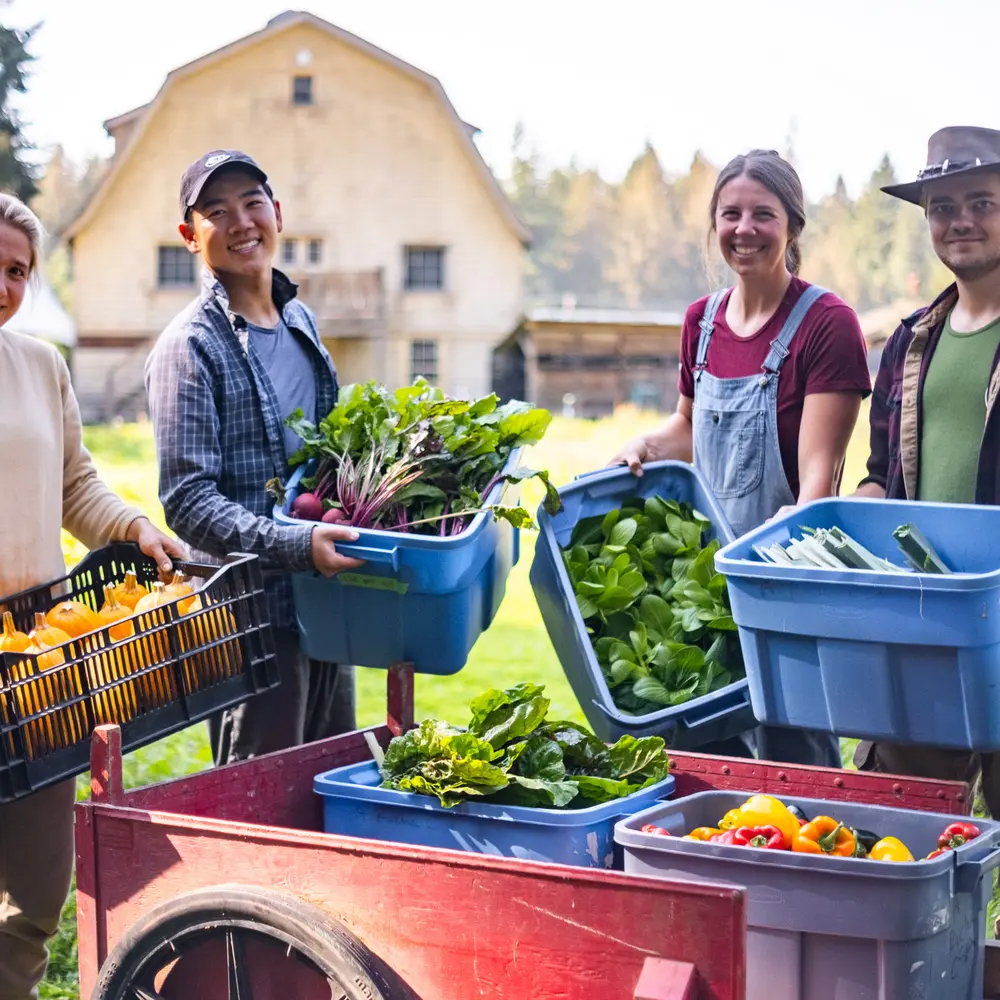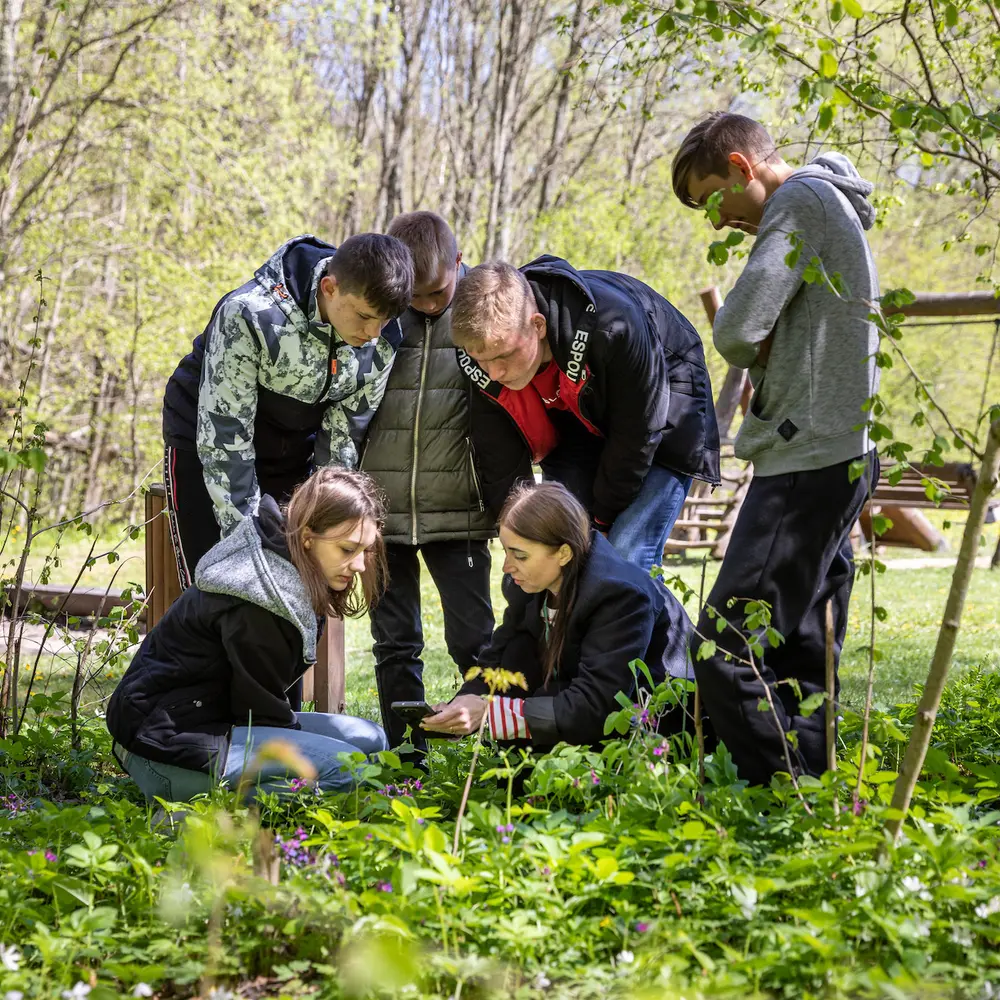The Murdock Trust invests in capacity-building projects at nonprofit organizations across the Pacific Northwest. When one grant helps create new opportunities and increases the impact of a nonprofit’s work down the line, we call it the ripple effect. The Stories of Impact series on our website helps shed light on the outcomes driven by some of the outstanding organizations the Murdock Trust has been fortunate to support in recent years.

All those photos and files on your phone – where do they actually exist? As it turns out, they are stored in data centers that consume more energy than the entire fleet of nuclear reactors in the world. Reducing energy consumption of these data centers could significantly decrease greenhouse gas emissions. And that’s exactly the type of work made possible through investing in materials research at Boise State University.
“As it turns out, it takes a lot of energy to store your pictures on Twitter and Instagram!” Says Dr. David Estrada, associate professor at Micron School of Materials & Science Engineering at Boise State.
But it’s not just data storage that could be made more efficient through the materials research at the university. Thanks to an Atomic Force Microscopy—Infrared Spectroscopy (AFM-IR) instrument supported by a Trust grant in 2020, student and faculty researchers are making advancements in materials research that will have varied and critical trickle-down effects, from getting purified water to communities in need to aiding knee cartilage replacements and more.
Boise State University
Boise State provides an innovative, transformative, and equitable educational environment that prepares students for success and advances Idaho and the world. Serving more than 32,000 students annually, Boise State is proud to be powered by creativity and innovation, receiving national recognition as one of the most innovative universities in the country. In the last decade Boise State has rapidly grown its science and research output, particularly its materials science program. The addition of the AFM-IR has grown the program’s capabilities in important ways.
Though Boise State had atomic force microscopes that could measure the properties of materials at nanoscale resolution, they didn’t have one that could image chemical, thermal, or optical properties of materials. This capability helps researchers correlate chemical compositions to physical properties, which rounds out the knowledge needed to make advancements in reducing energy consumption and more.
According to Dr. Estrada, this AFM-IR rounds out a suite of equipment that sets the program up for success moving forward.
“This instrument really does strengthen our materials research and the core characterization capabilities that we have,” he says. “It completes the suite of tools in the surface science lab and really gives us a unique regional facility for characterizing materials. That strengthens our reputation in that area.”
Student Involvement
Since the equipment was installed in 2021, it has provided unique opportunities for students.
“The surface science lab has always had this model where undergraduate students participate in research and could get hands-on training on the tools,” says Dr. Estrada.
Today, undergraduate and graduate students are participating in project teams relying on this instrument every day. Through a supplemental NSF grant, community college transfer students did research at the Boise State Micron Center for Materials Research on the AFM-IR. One student who was supporting the characterization needs of the Center went on to get an internship at Micron and is now working at the Micron Surface Science Lab on a similar tool. Another undergraduate student working on Dr. Estrada’s team as tool lead is working with NASA to develop wearable sensors. In addition to the real-life impact this research will have down the line, the acquisition of this tool has helped launch multiple scientific careers in just a few short years.
Collaborating for Impact
The Murdock Trust has been fortunate to partner with Boise State and the Boise State University Foundation through 49 grants totaling more than $3 million since the Trust’s founding. Thanks to partnerships like these and a commitment to excellence in research and innovation, in the last decade the university has added seven new Ph.D. programs and rapidly grown its science and research output. With this new AFM-IR, even more collaborations are underway.
“Having these kinds of instruments elevates the program’s reputation around the nation. It gets us invited to a lot of different proposals,” says Dr. Estrada.
Currently, the Micron Center is partnering with researchers at Penn State and Gonzaga University, and working on projects for NASA and the U.S. Air Force. Their national reputation is sure to only grow as the AFM-IR continues to be put to use.
The Murdock Trust could not be more grateful for its decades-long partnership with Boise State. From helping launch young scientists into the world to enabling research breakthroughs for esteemed faculty, the university and its equipment are setting up scientists for success. And together, these students and researchers are making advancements in knowledge that may go on to reduce greenhouse gas emissions, purify water for those in need, and improve quality of life for individuals and communities around the world.
Thank you, Boise State!







